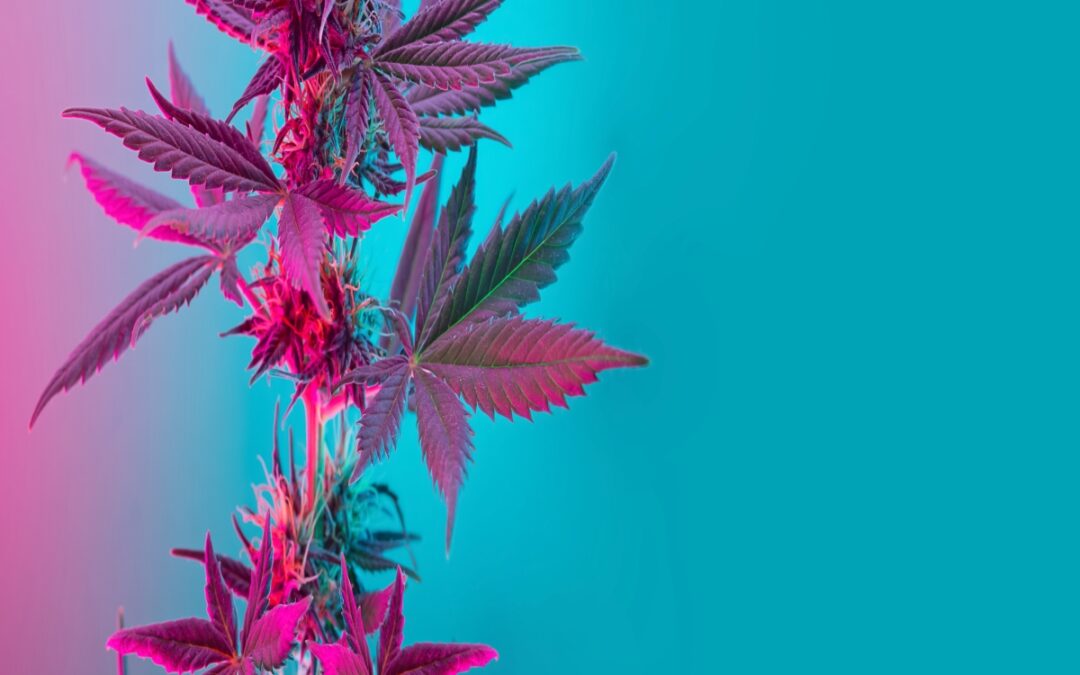Despite the fact that medicinal and recreational marijuana is becoming legal in more and more states across the nation, very little is known about the plant’s origins. Nowadays, cannabis breeders constantly develop new strains to satisfy the needs of consumers as marijuana trends change and the demands for use are increasing.
In order to understand how new weed strains are created we need to explore the genetics of cannabis, breeding, and other important factors related to them.
So, keep reading to find out!
Understanding Cannabis Genetics
Depending on their genetic synthesis, the various cannabis strains provide a variety of therapeutic benefits. There are numerous cannabis cultivars, each with its unique characteristics. When describing a strain’s effects, its distinctive qualities are produced by the synergy between cannabinoids and terpenes.
Cannabis, which includes the three species C. Indica, C. Sativa, and C. Ruderalis, is the plant genus from which marijuana strains are always derived, whether they are pure or hybrid. They are generally referred to as Indica or Sativa strains and they are created using different genetics.
The height of pure Sativa plants, which have long internodes and branches as well as narrow, big leaves, can reach 4.5 meters. Pure Indica plants have a compact structure and they’re bushier, shorter, and have wider leaves. They produce more buds per plant, and they grow more quickly than Sativa. Although specialists may believe that these two have different effects, the ratio of tetrahydrocannabinol (THC) to cannabidiol (CBD) in these varieties is comparable, with an average of 200:1.
Cannabis Breeding
The existence of both male and female cannabis plants is the first thing to understand in cannabis breeding. The important thing to keep in mind is that flowers are only produced by female plants.
Breeders require plants from both male and female sexes in order to produce new genotypes, or strains. The seeds from the resulting plant are grown to identify and isolate flower-producing females after the male plants have pollinated the female plants. Male pollen is frequently collected and kept in reserve until it is required.
When breeders identify the female seeds, they grow them into many plant varieties that can result from parent strains. These new seeds on the female plant are called phenotypes.
What are Genotypes?
Genetics and environment both have an impact on the structural formation of the plant. The genotype of the plant, or its genetic makeup, serves as a blueprint for growth as it allows for a variety of physical possibilities. However, genes have the ability to change their expression in response to environmental signals.
What are Phenotypes?
The various physical expressions of a cannabis strain are known as phenotypes. Each seed produced by a round of cross-pollination will have unique characteristics from its parent strains, much as you and your sibling differ physically from your parents.
Because every cannabis seed is different, they will all express various qualities from one or both of the parent strains, as well as diverse combinations of traits.
What is a Pheno Hunt?
Pheno-hunting is when breeders look for the most complete expression of specific cannabis genetics. A cannabis breeder must grow the new strain’s seeds into plants and choose the best one to introduce to the market. The ideal variation or expression of the new strain is what the breeder is seeking.
The next step is to determine which plant is the best example of the new hybrid. After that, breeders must stabilize the genetics of that phenotype to guarantee that its seeds repeatedly grow the same plant every time.
Creation of Hybrid Cannabis Strains
Hybrid strains combine the best qualities of two or more strains to produce a potent new kind. The creation of hybrids represents a human effort to provide plants particular traits that are often found in Indica, Sativa, and Ruderalis.
By utilizing the pollen from one male to pollinate a female of a different strain, breeders can produce an F1 hybrid where the offspring won’t be genetically identical to the parents.
Female-only seeds can have this feature; male-only seeds can never be produced by hermaphrodite plants. However, they will be able to retain the traits of both parents because repeated breeding might make certain traits more consistent.

